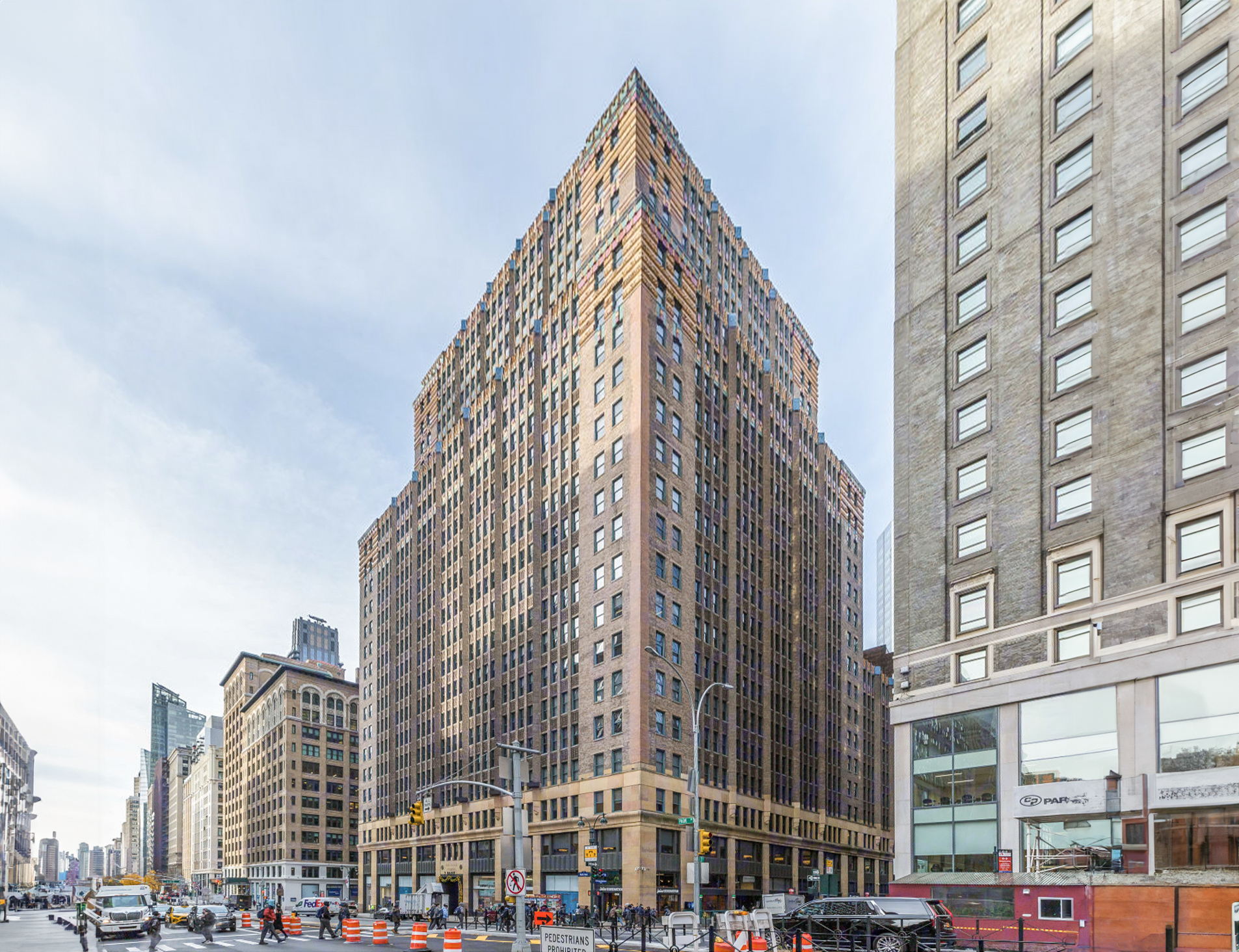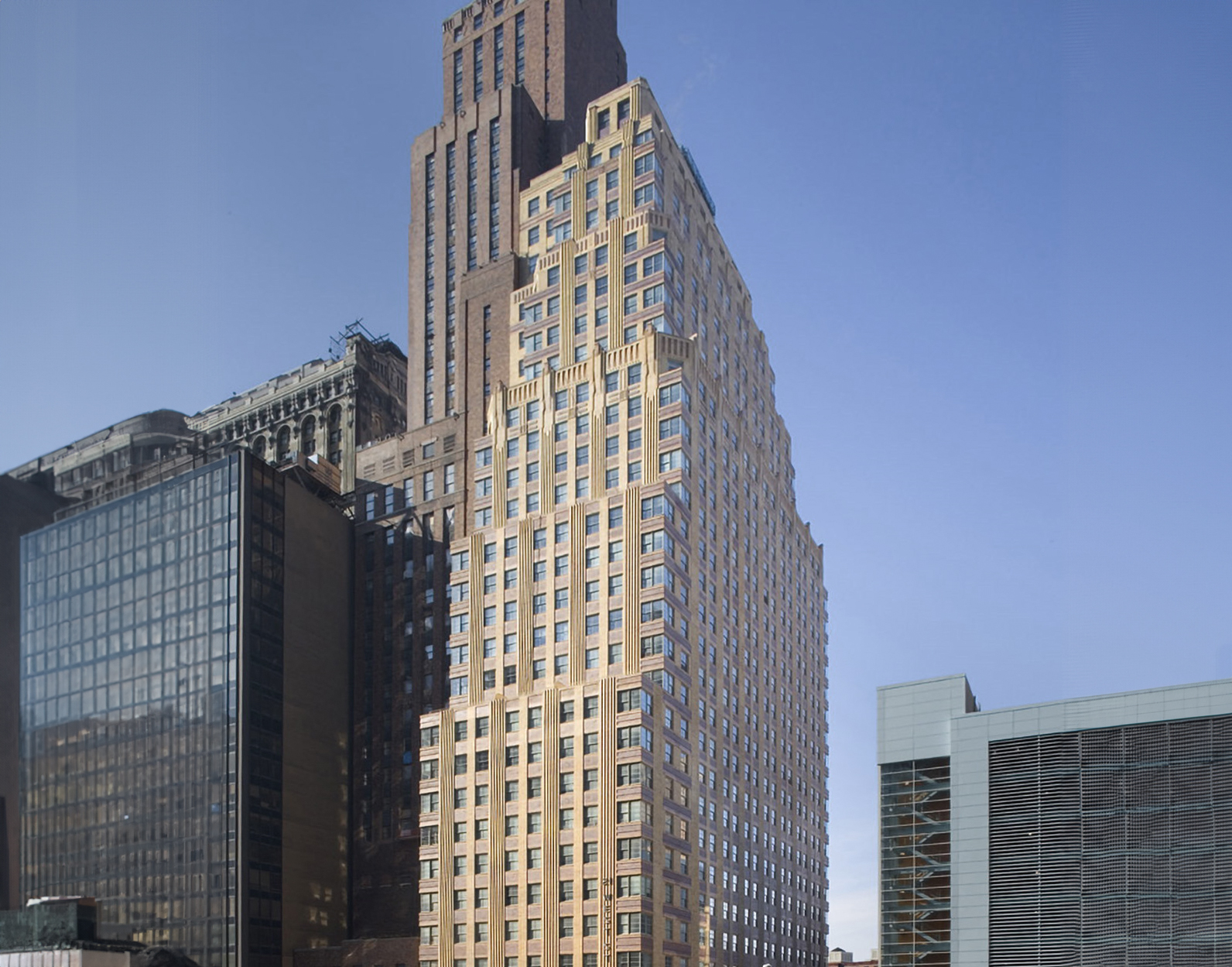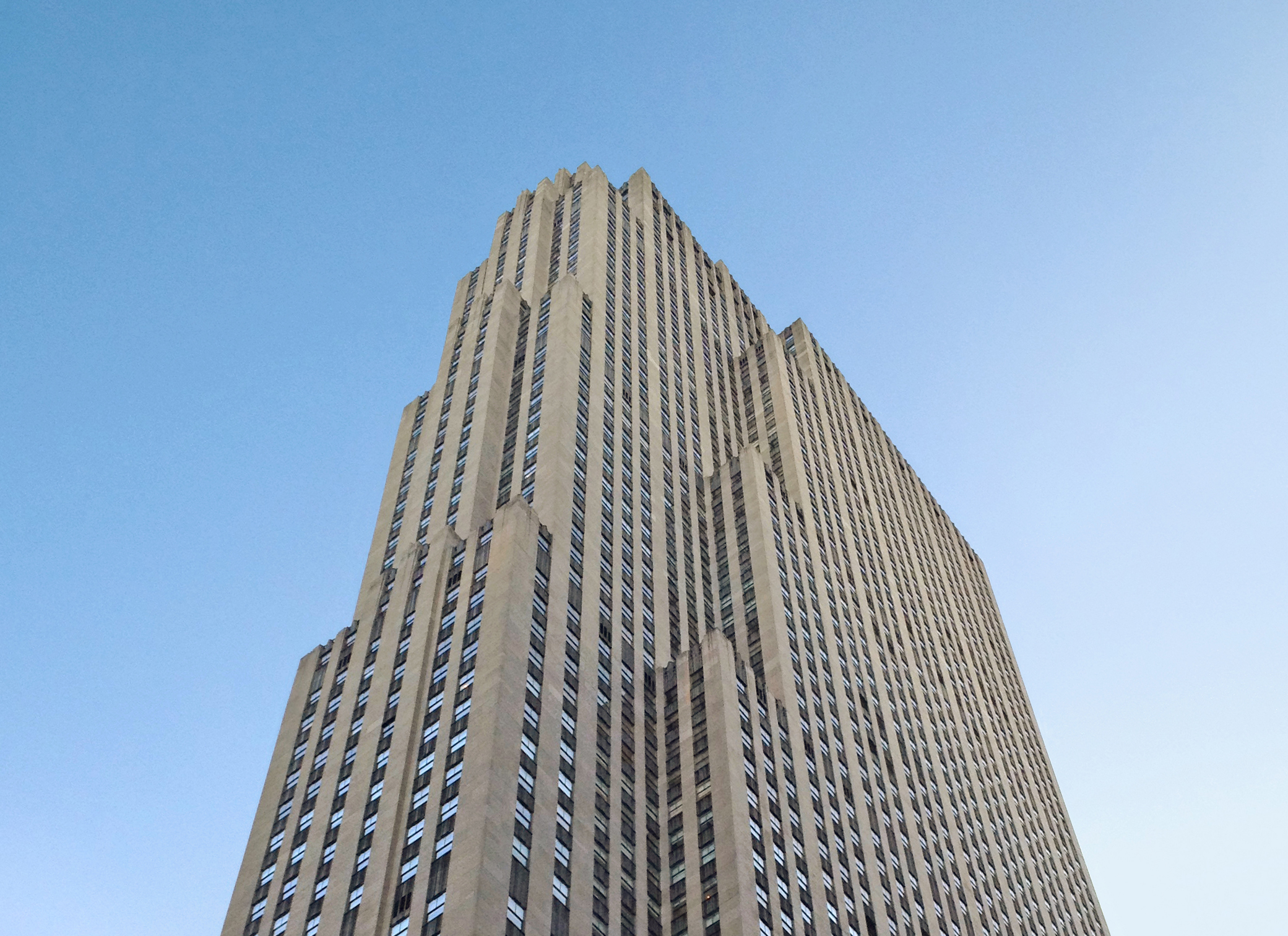The 20 Exchange Place Building is an Art-deco skyscraper designed by Cross & Cross, and built between 1930 and 1931 in New York, NY.
20 Exchange Place Building is not the only name you might know this building by though. The building is, or has also been known as City Bank-Farmers Trust Building.
Its precise street address is 20 Exchange Place, New York, NY. You can also find it on the map here.
The 20 Exchange Place Building is a structure of significant importance both for the city of New York and the United States as a nation. The building embodies the distinctive characteristic features of the time in which it was built and the Art Deco style. Because of that, the 20 Exchange Place Building was officially declared as a national landmark on June 25th 1996.
At the time of its completion in 1931 the 20 Exchange Place Building incorporated solutions that were quite advanced at the time, these included a telephone exchange, the largest pneumatic tube system in the world, and a deposit in the basement that pumped soap to all bathrooms.








